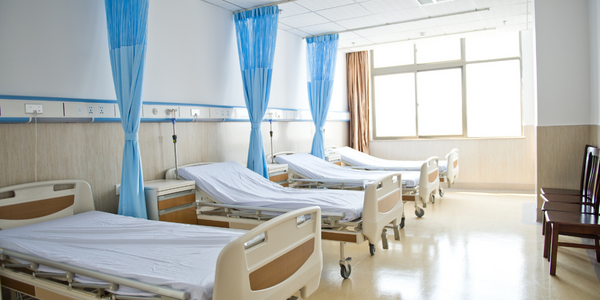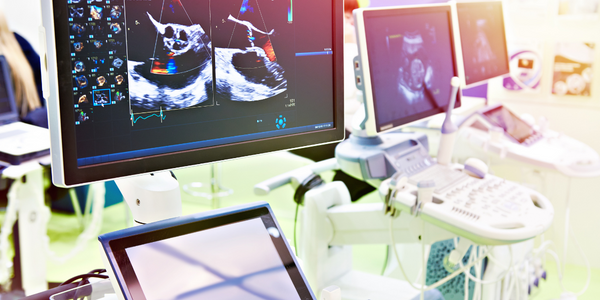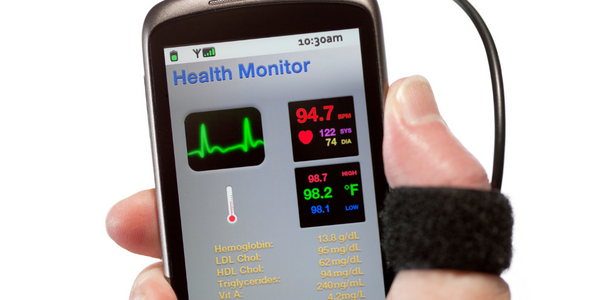公司规模
Large Corporate
地区
- America
国家
- United States
产品
- NetMotion Mobility
- Lenovo laptops and tablets
- Sierra Wireless AirCards
- Cerner RoadNotes
技术栈
- Mobile Performance Management software
- Electronic Medical Records
实施规模
- Enterprise-wide Deployment
影响指标
- Productivity Improvements
- Customer Satisfaction
- Employee Satisfaction
技术
- 功能应用 - 远程监控系统
适用行业
- 医疗保健和医院
适用功能
- 现场服务
- 质量保证
用例
- 远程资产管理
- 远程协作
服务
- 系统集成
关于客户
Allina 医院和诊所是一个医疗保健系统,包括 11 家医院、4 家门诊中心、97 家诊所和一个家庭护理部门。家庭护理部门是 Allina 的一个新兴部门。300 多名护士为明尼苏达州和威斯康星州的患者提供服务。Allina 家庭护理和临终关怀护士团队配备了联想的各种笔记本电脑和设备(X60 系列到 X200 系列)。笔记本电脑使用 Sierra Wireless AirCards 连接到 Verizon 和 Sprint 的蜂窝网络。Cerner RoadNotes 是一种用于家庭护理的即时在线文档系统,可让护士查看患者病史、更新护理计划、输入新诊断并完成 EMR 文档。
挑战
Allina 医院和诊所是全国首批使用电子医疗记录提供无缝、协调护理的医院之一。然而,该集团的家庭护士经常在现场失去连接。护士在没有警告的情况下退出应用程序,被迫再次登录并重新输入上次会话中丢失的数据。当 IT 小组将 90 张帮助台票与此问题联系起来时,管理层介入以寻找更好的解决方案。EMR 应用程序要求现场设备与中央数据库同步。但随着数据传输规模的扩大,护士再也无法等到轮班结束后再从办公室或家里进行同步 - 同步会话需要长达半小时的时间。问题非常严重,几名护士沮丧地辞职了。
解决方案
Allina 实施了 NetMotion Mobility® 移动绩效管理软件,让护士全天保持联系。Allina 首先进行了一项小型试点,对遇到问题最多的 25 名护士进行了 Mobility 测试。当他们的通信问题消失后,Allina 决定将 Mobility 部署到其整个家庭护理团队。Mobility 让护士能够使用安全连接在家中或旅途中轻松访问 Wi-Fi。Mobility 的分析功能帮助 Daisley 及其团队在潜在问题影响护理质量之前识别并解决这些问题。Allina 还能够扩大其家庭护理团队,并为组织中的其他人提供可靠的增强现场绩效。
运营影响
数量效益

Case Study missing?
Start adding your own!
Register with your work email and create a new case study profile for your business.
相关案例.

Case Study
Hospital Inventory Management
The hospital supply chain team is responsible for ensuring that the right medical supplies are readily available to clinicians when and where needed, and to do so in the most efficient manner possible. However, many of the systems and processes in use at the cancer center for supply chain management were not best suited to support these goals. Barcoding technology, a commonly used method for inventory management of medical supplies, is labor intensive, time consuming, does not provide real-time visibility into inventory levels and can be prone to error. Consequently, the lack of accurate and real-time visibility into inventory levels across multiple supply rooms in multiple hospital facilities creates additional inefficiency in the system causing over-ordering, hoarding, and wasted supplies. Other sources of waste and cost were also identified as candidates for improvement. Existing systems and processes did not provide adequate security for high-cost inventory within the hospital, which was another driver of cost. A lack of visibility into expiration dates for supplies resulted in supplies being wasted due to past expiry dates. Storage of supplies was also a key consideration given the location of the cancer center’s facilities in a dense urban setting, where space is always at a premium. In order to address the challenges outlined above, the hospital sought a solution that would provide real-time inventory information with high levels of accuracy, reduce the level of manual effort required and enable data driven decision making to ensure that the right supplies were readily available to clinicians in the right location at the right time.

Case Study
Gas Pipeline Monitoring System for Hospitals
This system integrator focuses on providing centralized gas pipeline monitoring systems for hospitals. The service they provide makes it possible for hospitals to reduce both maintenance and labor costs. Since hospitals may not have an existing network suitable for this type of system, GPRS communication provides an easy and ready-to-use solution for remote, distributed monitoring systems System Requirements - GPRS communication - Seamless connection with SCADA software - Simple, front-end control capability - Expandable I/O channels - Combine AI, DI, and DO channels

Case Study
Driving Digital Transformations for Vitro Diagnostic Medical Devices
Diagnostic devices play a vital role in helping to improve healthcare delivery. In fact, an estimated 60 percent of the world’s medical decisions are made with support from in vitrodiagnostics (IVD) solutions, such as those provided by Roche Diagnostics, an industry leader. As the demand for medical diagnostic services grows rapidly in hospitals and clinics across China, so does the market for IVD solutions. In addition, the typically high cost of these diagnostic devices means that comprehensive post-sales services are needed. Wanteed to improve three portions of thr IVD:1. Remotely monitor and manage IVD devices as fixed assets.2. Optimizing device availability with predictive maintenance.3. Recommending the best IVD solution for a customer’s needs.

Case Study
HaemoCloud Global Blood Management System
1) Deliver a connected digital product system to protect and increase the differentiated value of Haemonetics blood and plasma solutions. 2) Improve patient outcomes by increasing the efficiency of blood supply flows. 3) Navigate and satisfy a complex web of global regulatory compliance requirements. 4) Reduce costly and labor-intensive maintenance procedures.

Case Study
Cloud-based healthcare solution for Royal Philips
Royal Philips wanted to launch its cloud-based healthcare solution HealthSuite Digital Platform in China to deliver services to help cope with challenges related to urbanization and population growth. Philips wanted to achieve this goal by combining mobile, cloud computing and big data technologies. To bring this platform and product to market, Philips required cloud computing and local technical service capabilities in China, in addition to a flexible IT infrastructure that could handle user requests.








